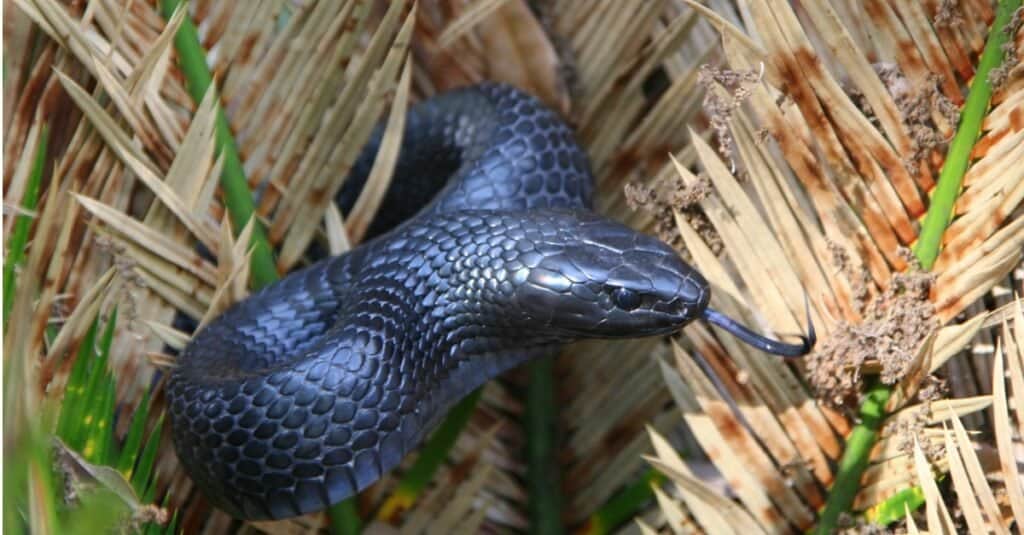Introduction
The tiger snake is among Australia's the majority of well-known reptiles, feared for its potent poison and aggressive temperament. This interesting animal plays an important duty in the community, yet it frequently faces misconceptions that bring about unneeded anxiety. In this comprehensive short article, we will certainly explore the globe of the tiger snake, exploring its environment, venom qualities, and important emergency treatment practices in situation of a serpent bite.
Understanding the Tiger Snake: Environment, Poison, and Emergency Treatment Essentials
Tiger snakes are mostly discovered along the southerly shoreline of Australia, consisting of Tasmania. They grow in numerous atmospheres such as wetlands, coastal areas, and even urban locations. Their flexibility makes them effective predators; nevertheless, their proximity to human habitats usually leads to experiences that can cause bites.
This short article aims to demystify tiger snakes by reviewing their environment choices, analyzing their poison make-up and effects on people, and giving essential first aid information for bites.
1. Tiger Snake Habitat: Where Do They Live?
1.1 Summary of Tiger Snake Distribution
Tiger snakes (Notechis scutatus) are primarily discovered in southern Australia and Tasmania. They inhabit various ecological communities varying from coastal marshes to freshwater lakes.
- Coastal Regions: Tiger serpents are commonly spotted near coastlines where they quest for fish and amphibians. Wetlands: These areas offer adequate hiding areas and bountiful prey. Urban Areas: As cities expand into natural environments, tiger snakes might be seen venturing right into suv yards or parks.
1.2 Preferred Environments of Tiger Snakes
Tiger serpents like moist atmospheres where water sources are readily offered. Their habitats commonly include:

- Marshes: The thick plant life allows them to ambush prey effectively. Swamps: These locations supply sanctuary from killers while supplying a rich searching ground. Riversides: Water bodies attract numerous animals which work as food sources for these snakes.
1.3 Environmental Factors Influencing Habitat Choice
Several factors influence where tiger snakes pick to live:
- Temperature: Being ectothermic (cold-blooded), they require cozy settings for optimum activity levels. Prey Schedule: High populaces of frogs and little creatures attract these snakes. Shelter: Dense plants offers not just as camouflage but also as security versus prospective threats.
2. Are Tiger Snakes Venomous? Comprehending Their Venom
read more2.1 Structure of Tiger Serpent Venom
Yes! Tiger snakes are indeed poisonous creatures. Their poison is a complex mix consisting of neurotoxins that can cause paralysis and coagulopathies impacting blood clot mechanisms.
Key Parts of Venom:
- Neurotoxins: Affect nerve feature resulting in paralysis. Hemotoxins: Damages blood vessels causing internal bleeding.
Understanding these elements helps us value the potency of a tiger snake bite.

2.2 Results of a Tiger Snake Attack on Humans
A bite from a tiger serpent can result in severe signs and symptoms:
- Local Symptoms: Pain, swelling, and discoloration at the bite site. Systemic Signs and symptoms: Nausea, vomiting, difficulty taking a breath due to paralysis or tightness of airways.
Severity Levels
Minor Bite: Local discomfort without systemic symptoms. Moderate Bite: Systemic symptoms however workable with medical care. Severe Bite: Life-threatening; requires immediate medical intervention.3. Recognizing Various Types of Tiger Snakes
3.1 Eastern vs Tasmanian Tiger Snakes
There are two key groups based on geographic distribution:
Eastern Tiger Snake (Notechis scutatus)
Found along eastern shorelines up to Queensland.
Tasmanian Tiger Serpent (Notechis scutatus)
Adapted especially to Tasmania's distinct setting with a little differing pigmentation patterns.
3.2 Shade Variants in Habitat Preferences
Tiger serpents show substantial shade variations depending on their habitat:
- Coastal populaces usually present red stripes or blotches for far better camouflage against sandy shores.
4. Habits Patterns of Tiger Snakes
Respiratory Support4.1 Aggression Level
Tiger snakes are understood for their hostile actions when intimidated or cornered which can cause defensive strikes if provoked.
4.2 Searching Techniques
They have amazing agility enabling them to strike swiftly at victim such as frogs or small rodents mostly during twilight hours when they're most active-- making them nighttime hunters!
5. Emergency Treatment for Snake Bites: Crucial Steps You Need To Know
When it involves handling serpent bites, expertise is vital!
5.1 Immediate Actions After a Bite
If bitten by a tiger snake:
Stay calm! Panic increases heart price which spreads out venom quicker through your bloodstream.
Apply pressure around the wound utilizing clean fabrics-- avoid reducing or sucking out venom!
Remove tight clothing/jewelry near the bite website; swelling might occur rapidly.
Immobilize the impacted arm or leg making use of splints if possible-- this restricts motion aiding decrease poison spread!
5.2 Getting Medical Help
Seek emergency situation medical help promptly! Time is vital when handling possible envenomation from tiger serpents!
5.3 Emergency treatment Set Fundamentals for Snake Bites
Having a well-equipped first aid package can make all the difference throughout emergencies:
|Thing|Summary|| ------|-------------|| Pressure Bandage|Aids immobilize injury|| Sterilized Gauze|For dressing wounds|| Emergency Get In Touch With Information|Quick accessibility numbers|| Antivenom Information|Understanding concerning local antivenoms|
6 FAQs Concerning Tiger Snakes
Q1: Are all tiger snakes dangerous?
A: While all have poisonous capabilities affecting people considerably-- most like evasion unless threatened!
Q2: Exactly how rapidly does tiger snake poison affect humans?
A: Symptoms might materialize within minutes depending upon location & & quantity infused throughout envenomation Educating about venomous snakes events!

Q3: Can you survive a tiger snake bite without treatment?
A: Untreated attacks can be fatal as a result of quick development; instant medical care is crucial!
Q4: What must I do if I experience one?
A: Preserve range & & back away gradually; avoid abrupt movements that may provoke aggression!
Q5: Exactly how typical are bites from tiger snakes?
A: Although encounters occur frequently-- real bites continue to be reasonably unusual due mostly due preventive steps taken by locals living within influenced ranges.
Q6: Is there an antidote available?
A: Yes! Antivenoms specific for Australian types exist-- medical facilities bring these medications prepared when needed quickly post-bite incidents!
7 Conclusion
Understanding the ins and outs bordering "Comprehending the Tiger Serpent: Environment, Poison, and Emergency Treatment Basics" is paramount not only for personal security but also promoting coexistence with these exceptional creatures living in Australia's landscape! By discovering more regarding their behaviors & & efficient feedback methods pertaining to potential experiences-- we furnish ourselves better against unnecessary fears while appreciating nature's diversity completely! So let's welcome education instead fear-- it leads towards harmony between humanity wildlife alike!